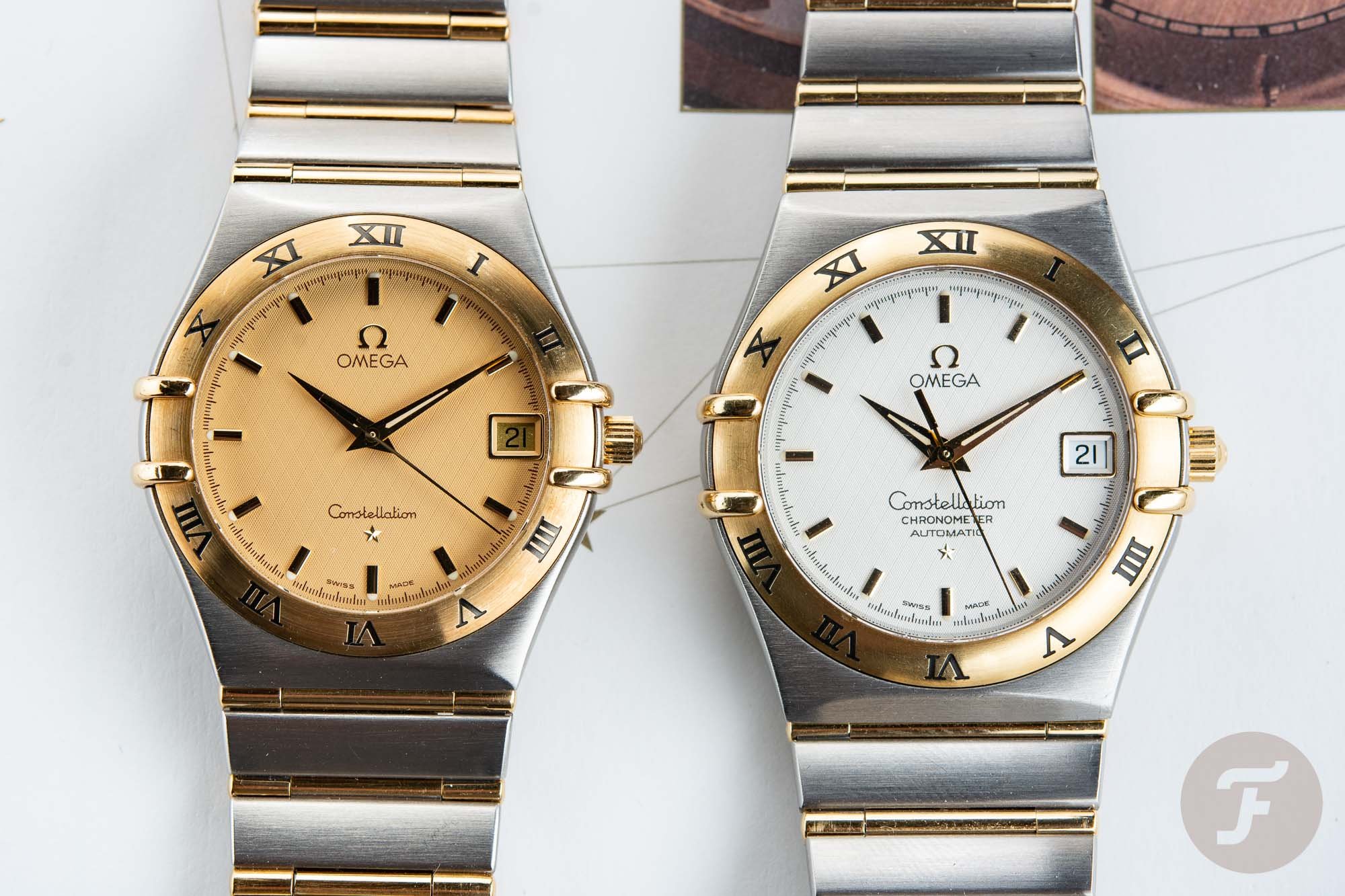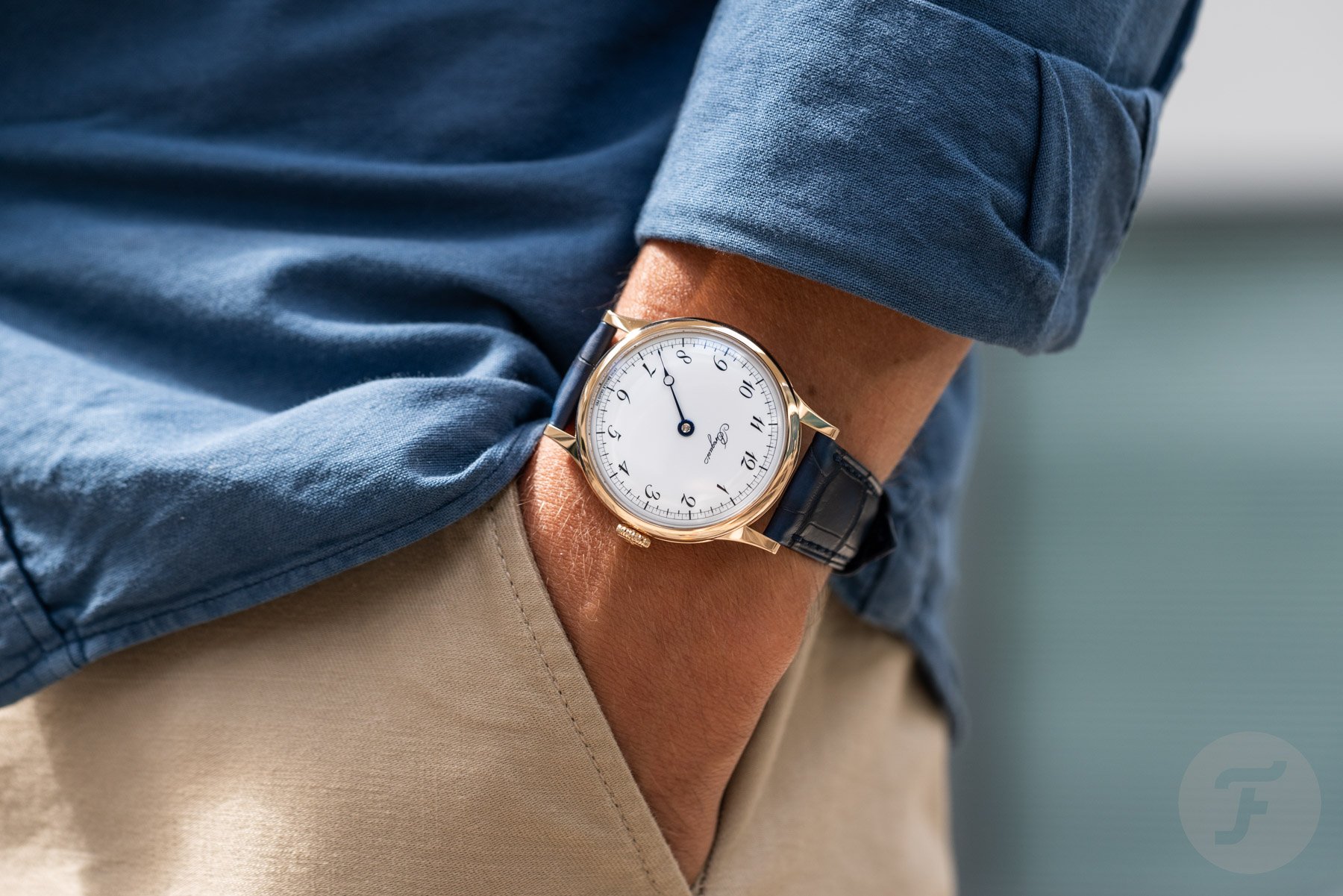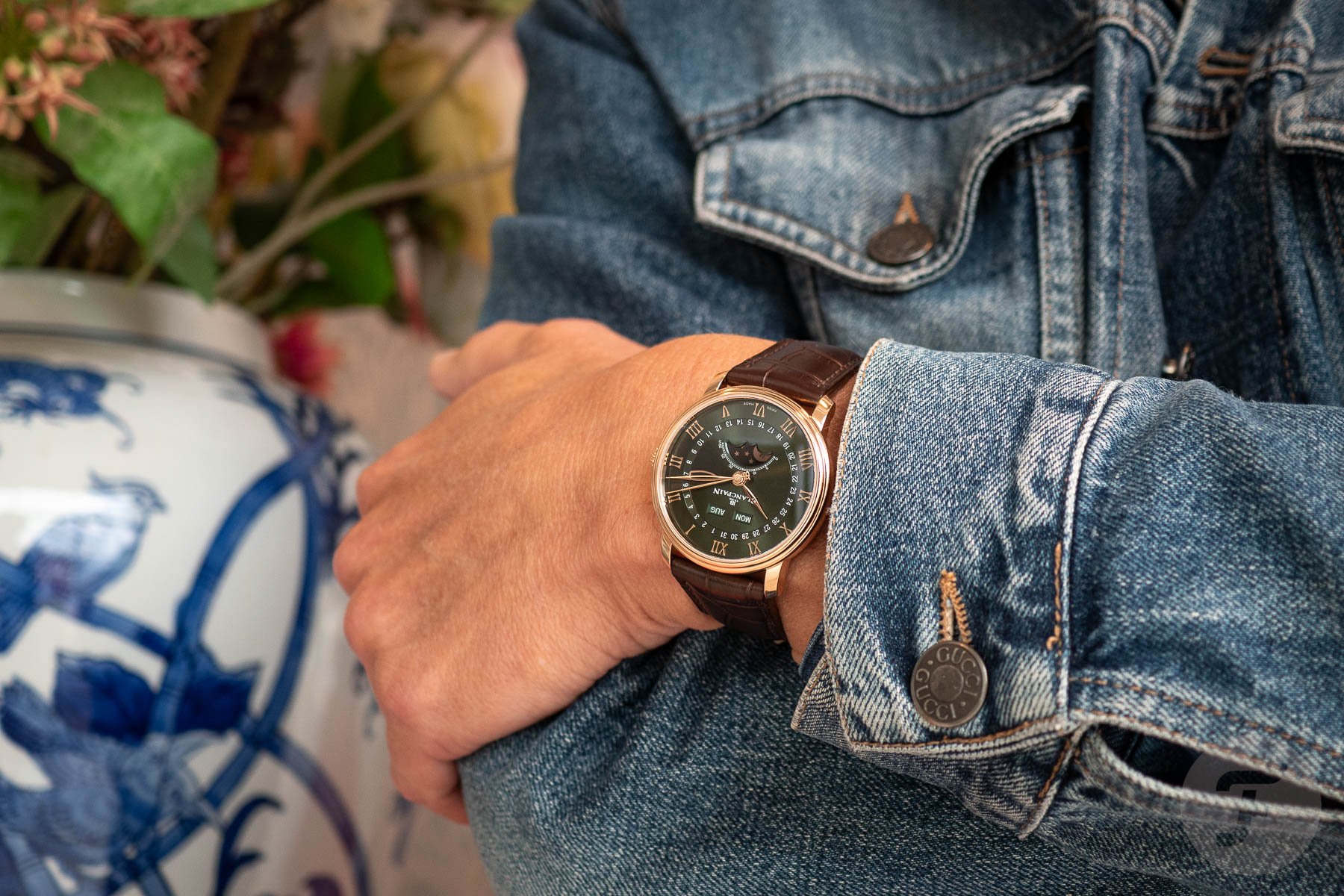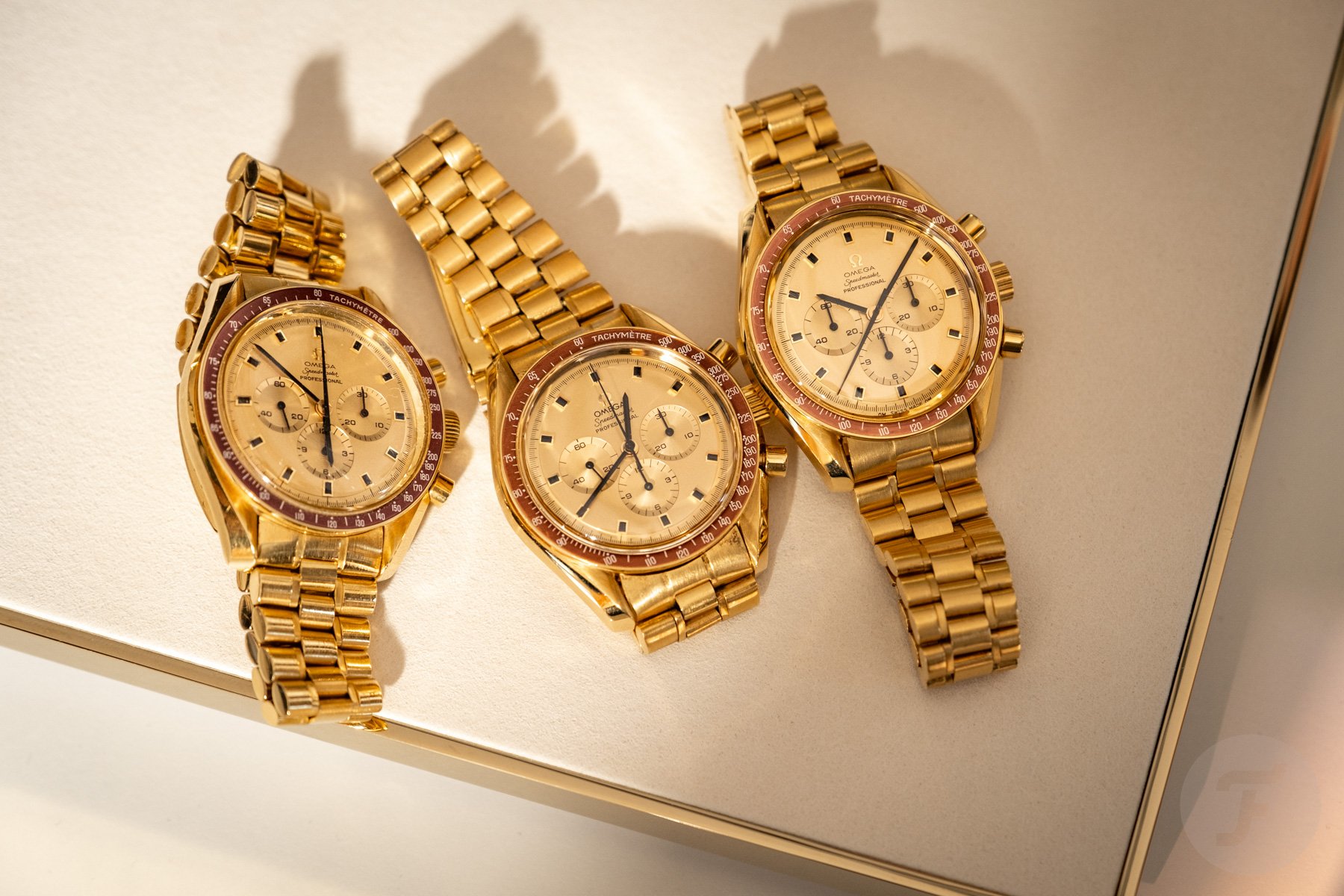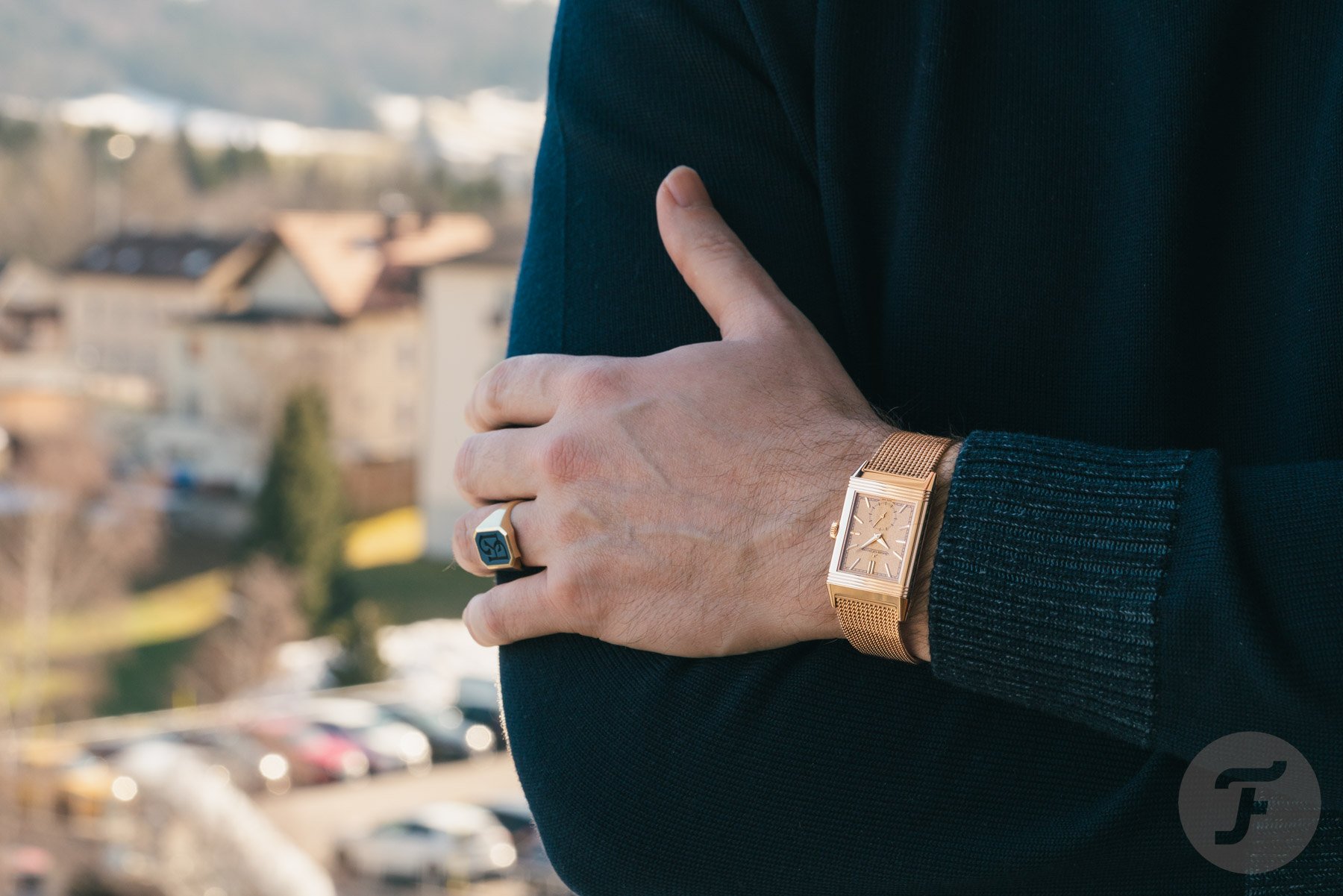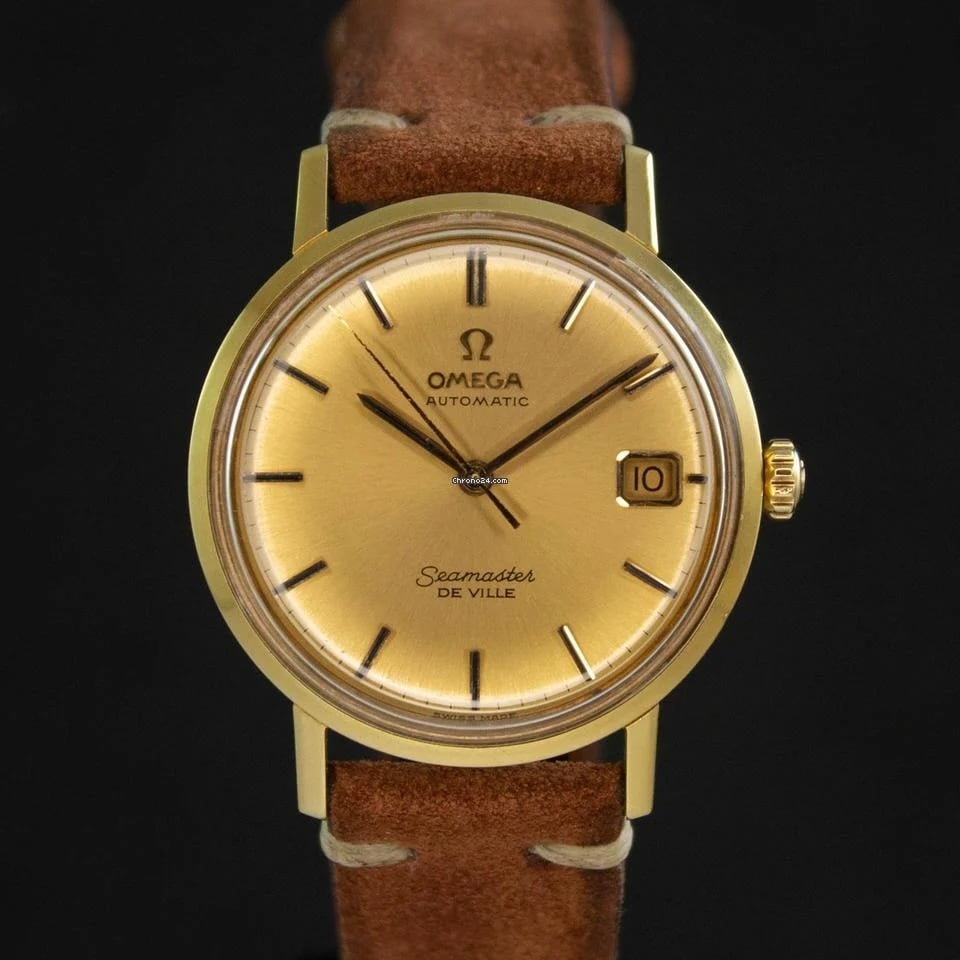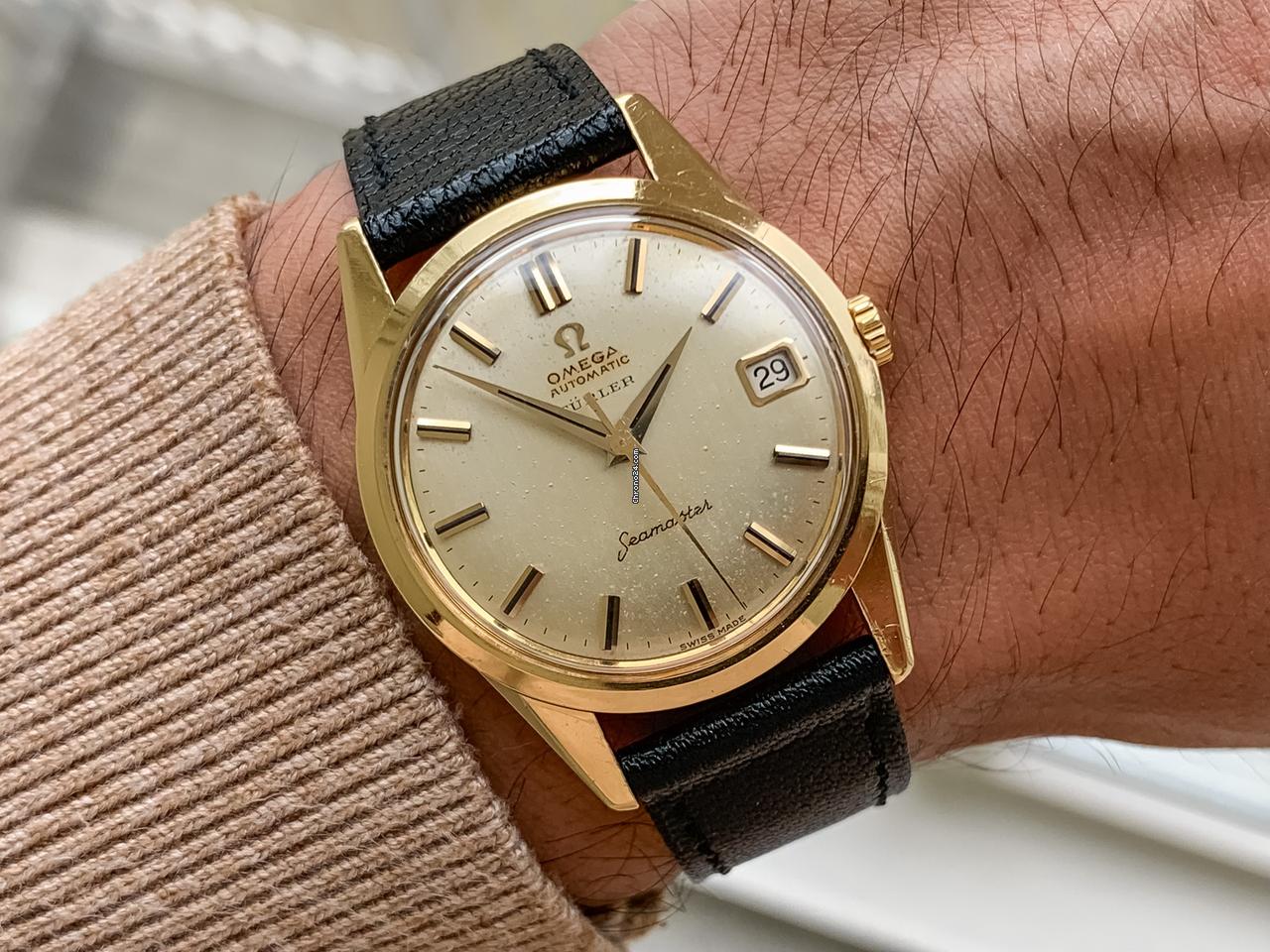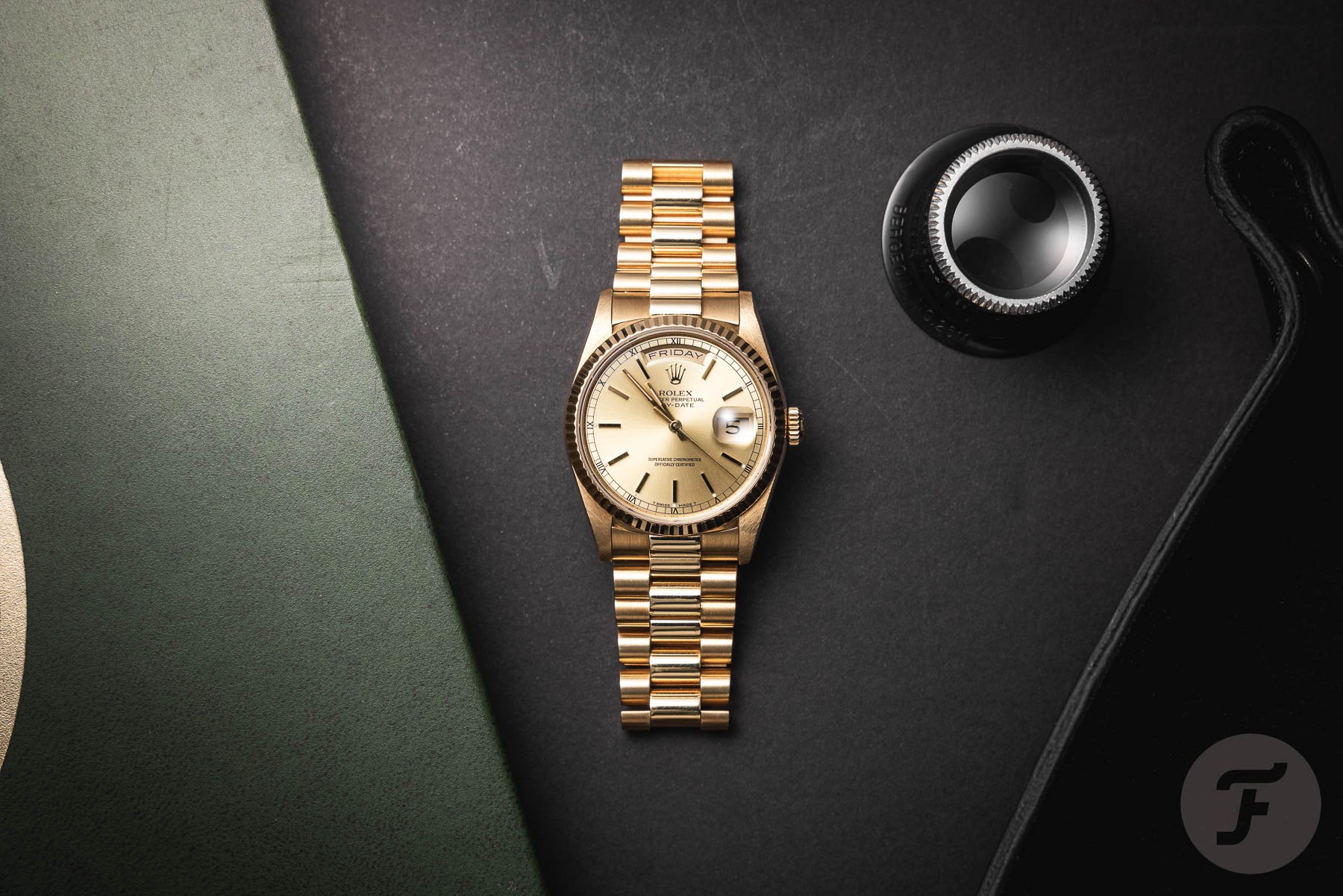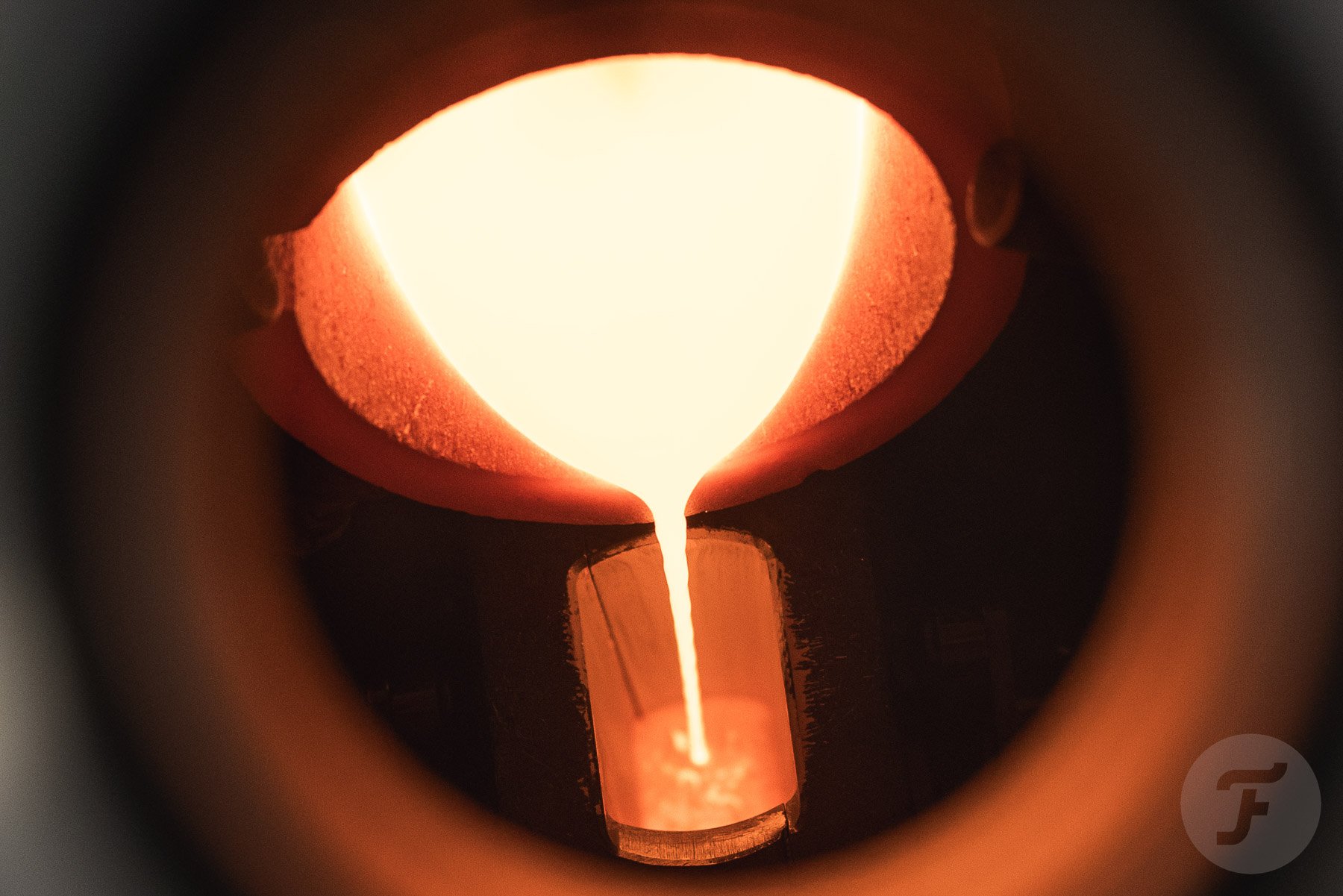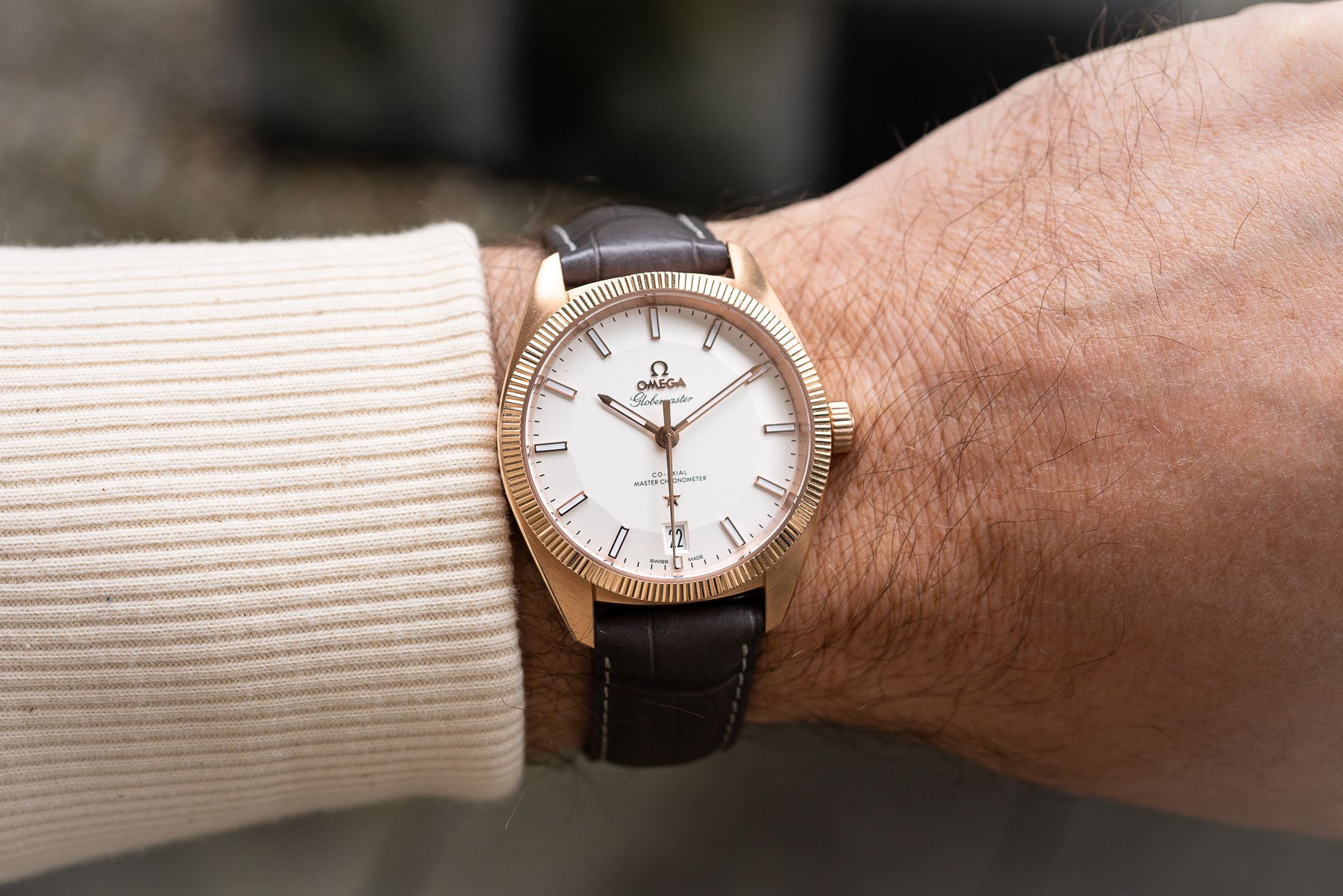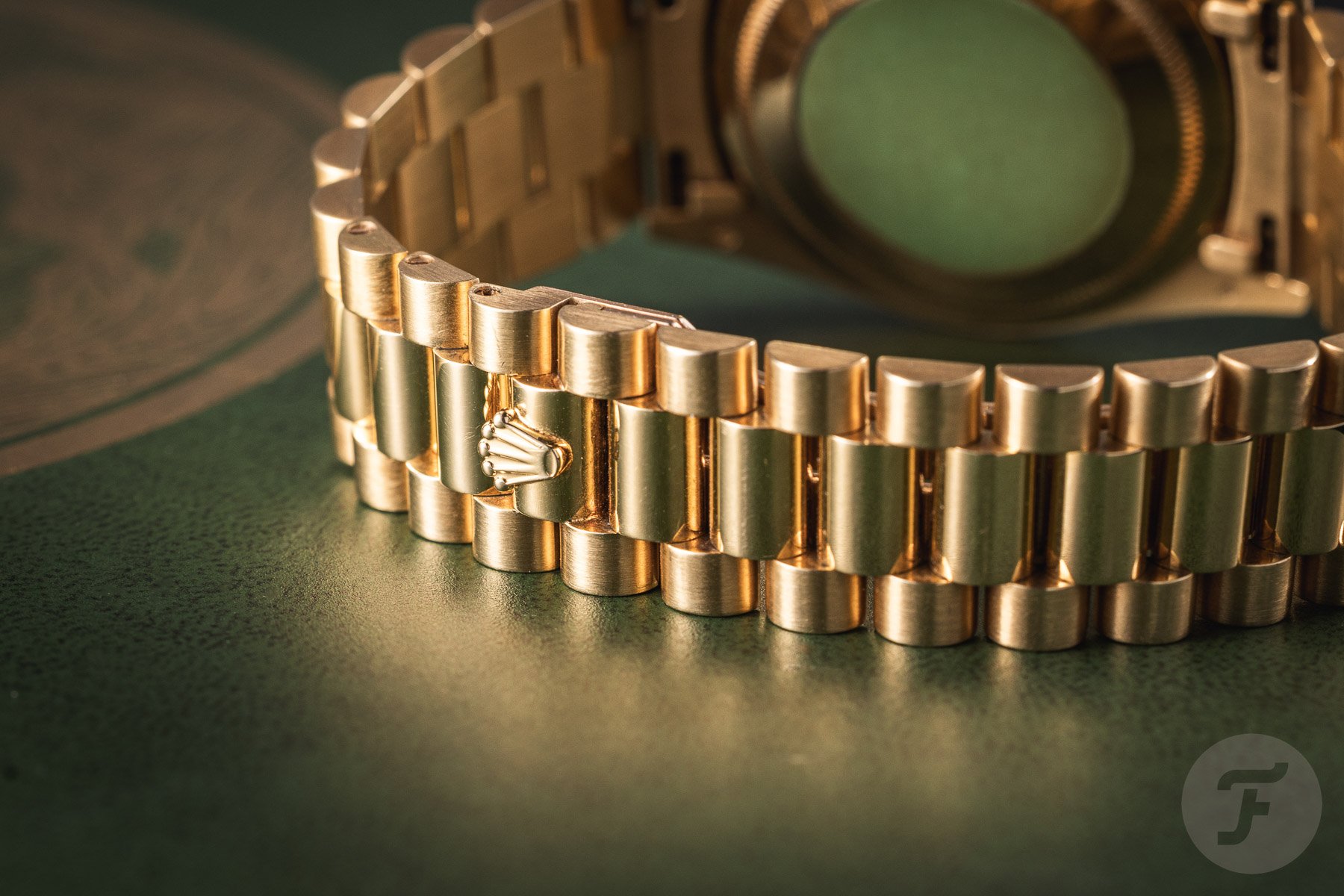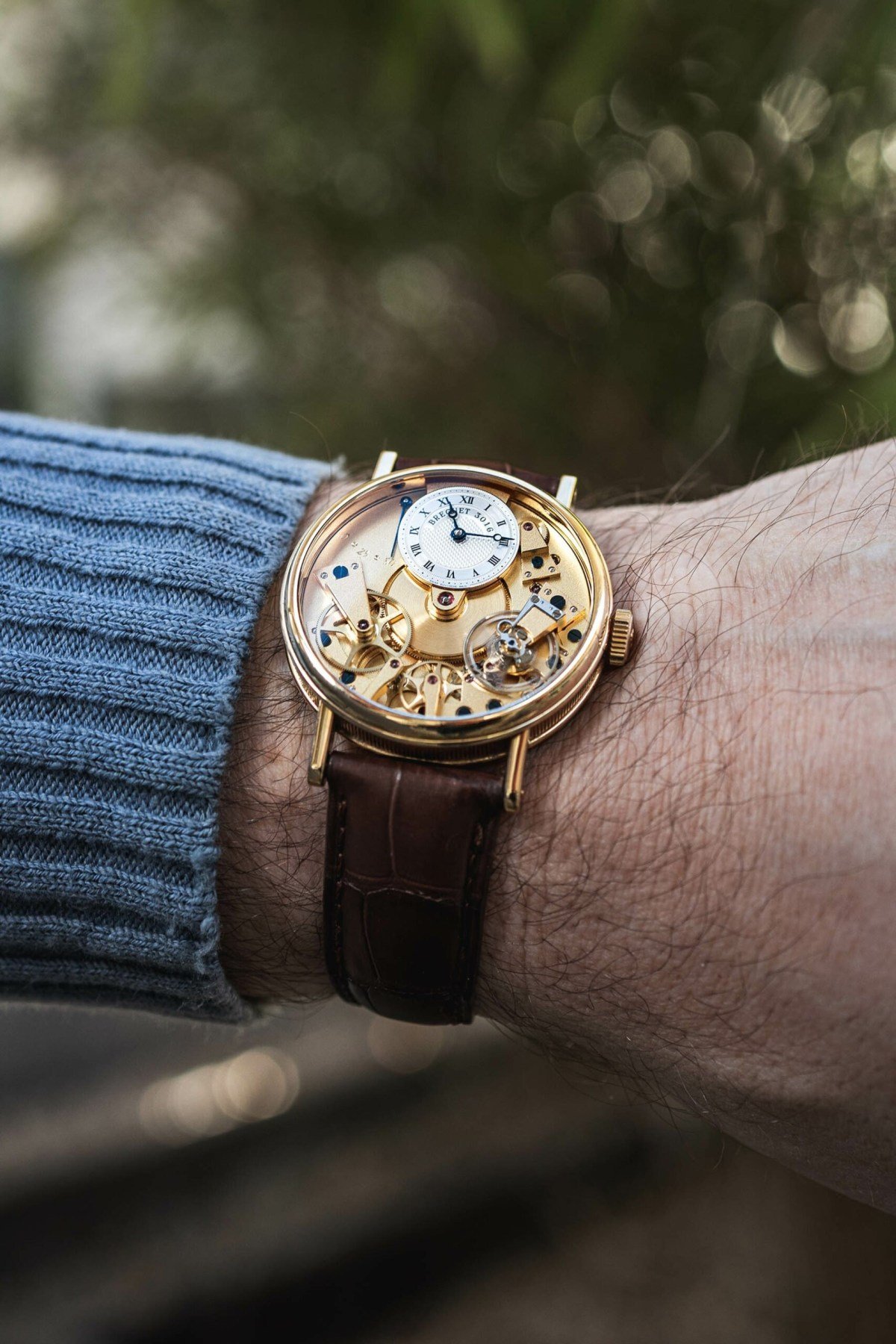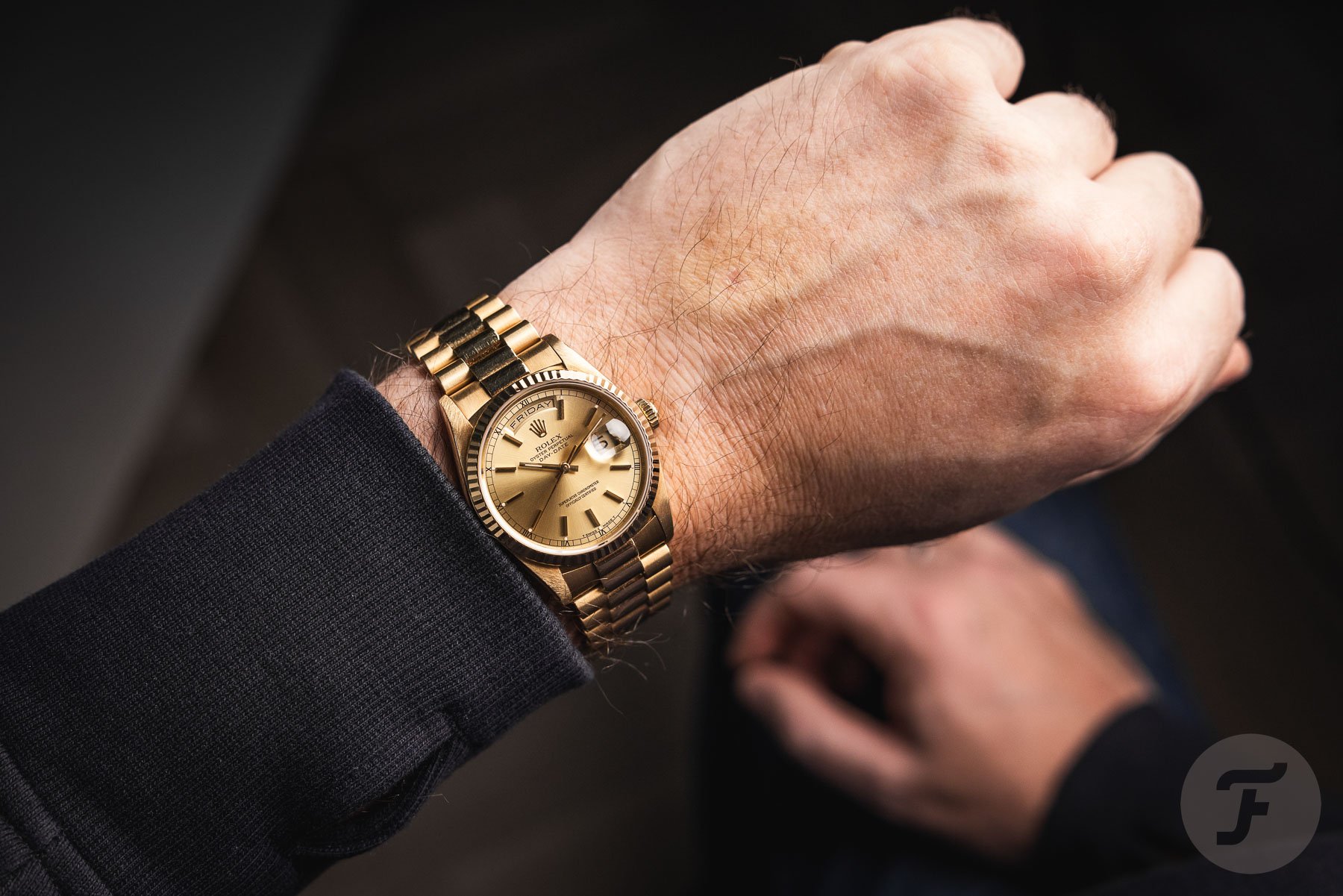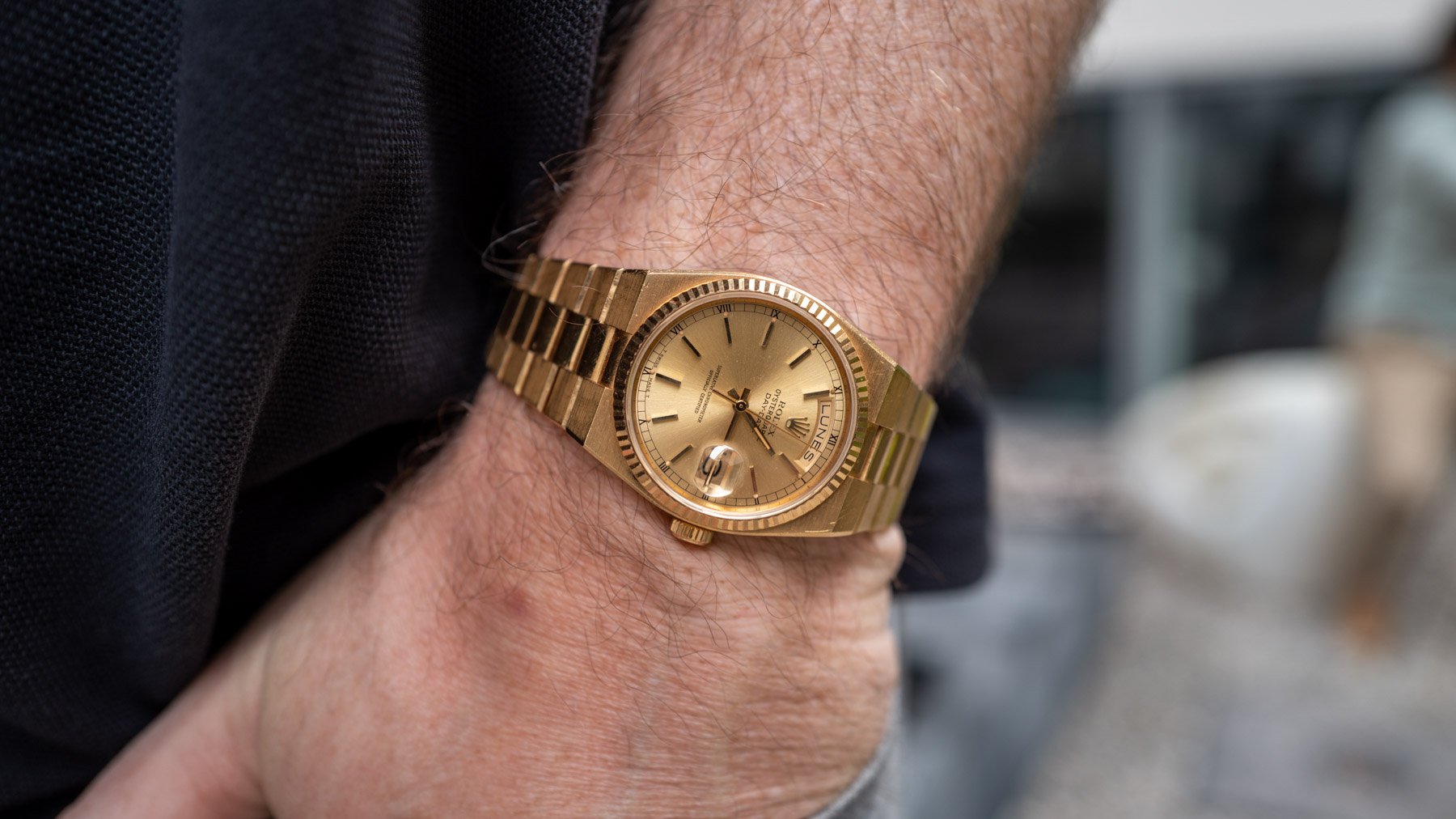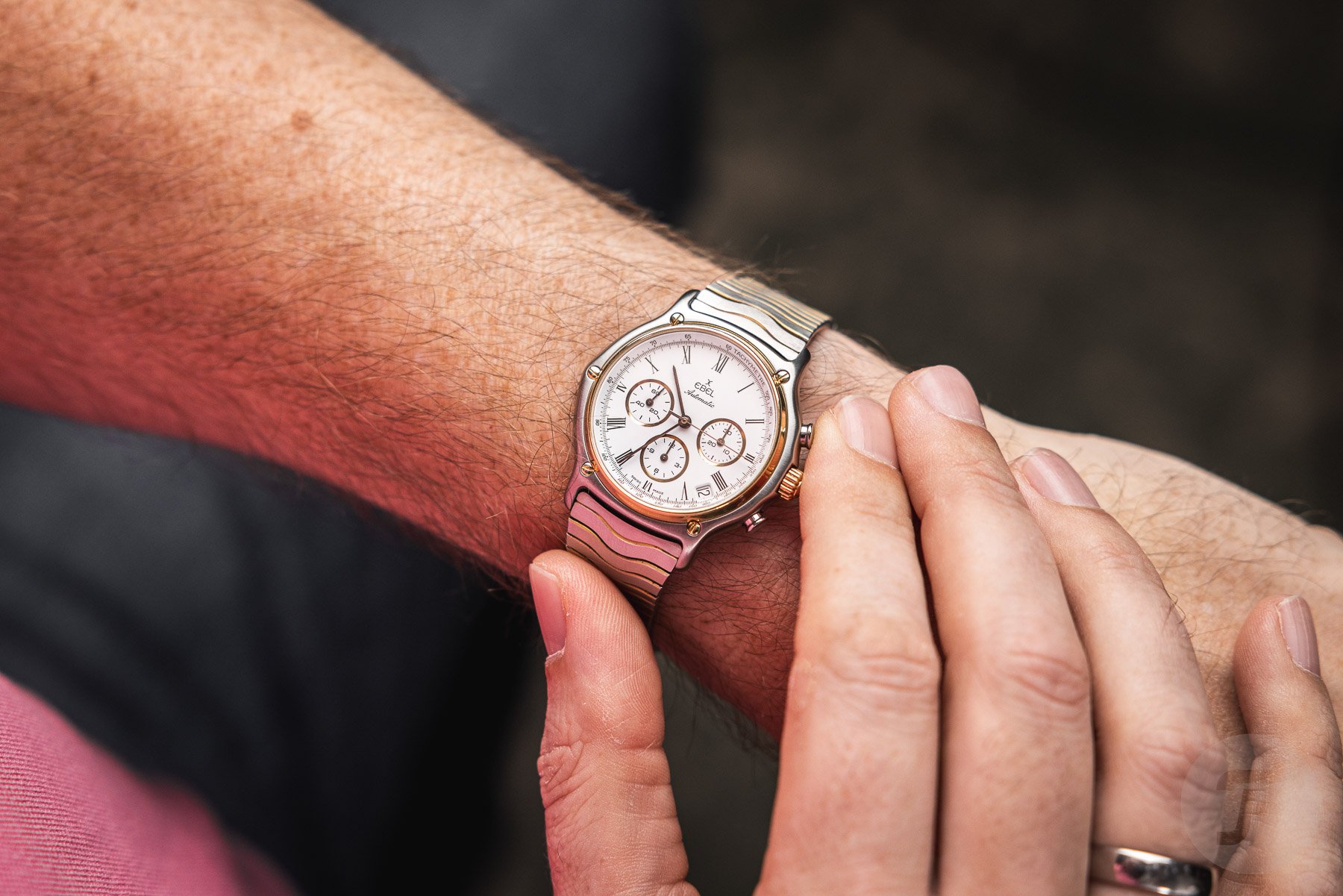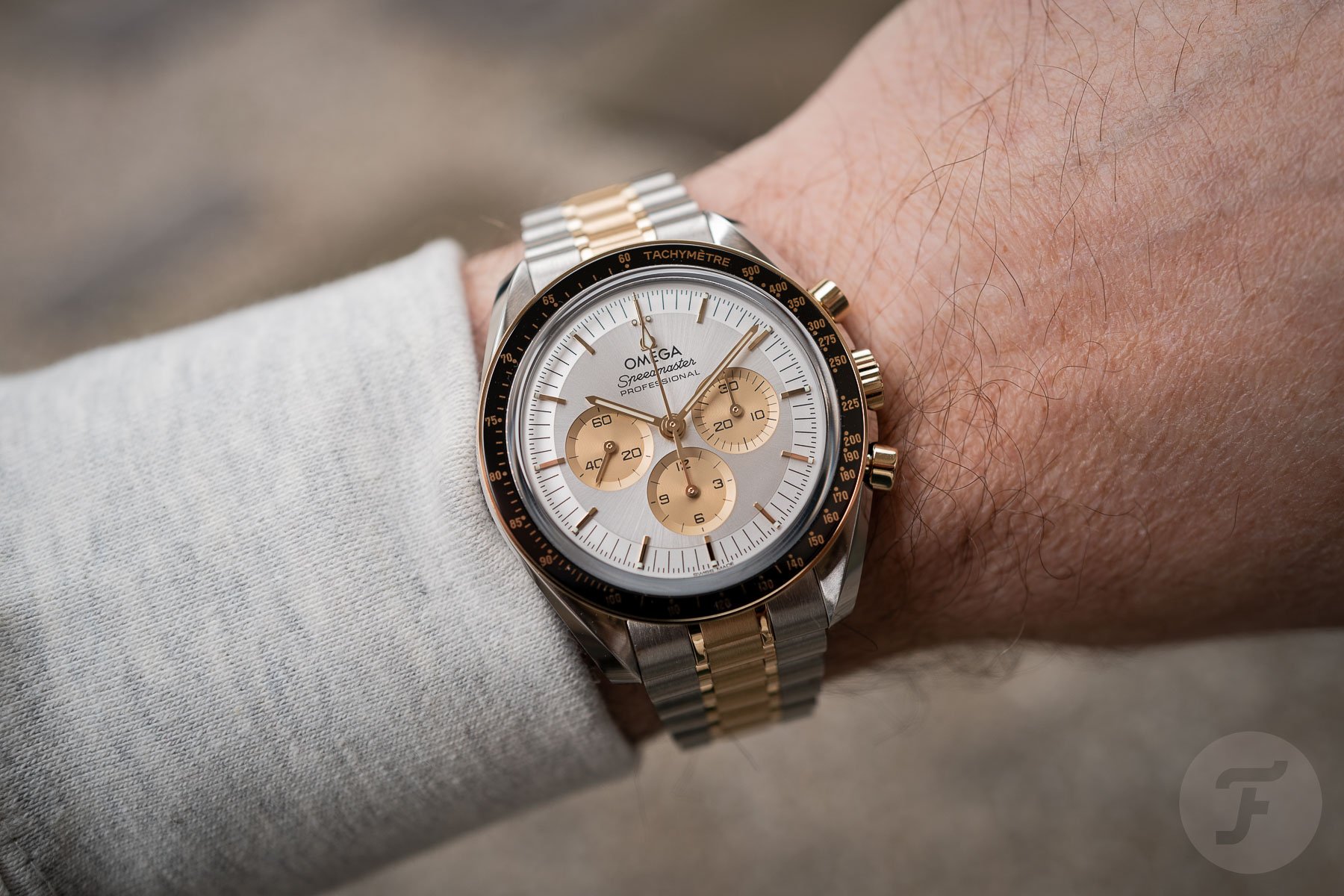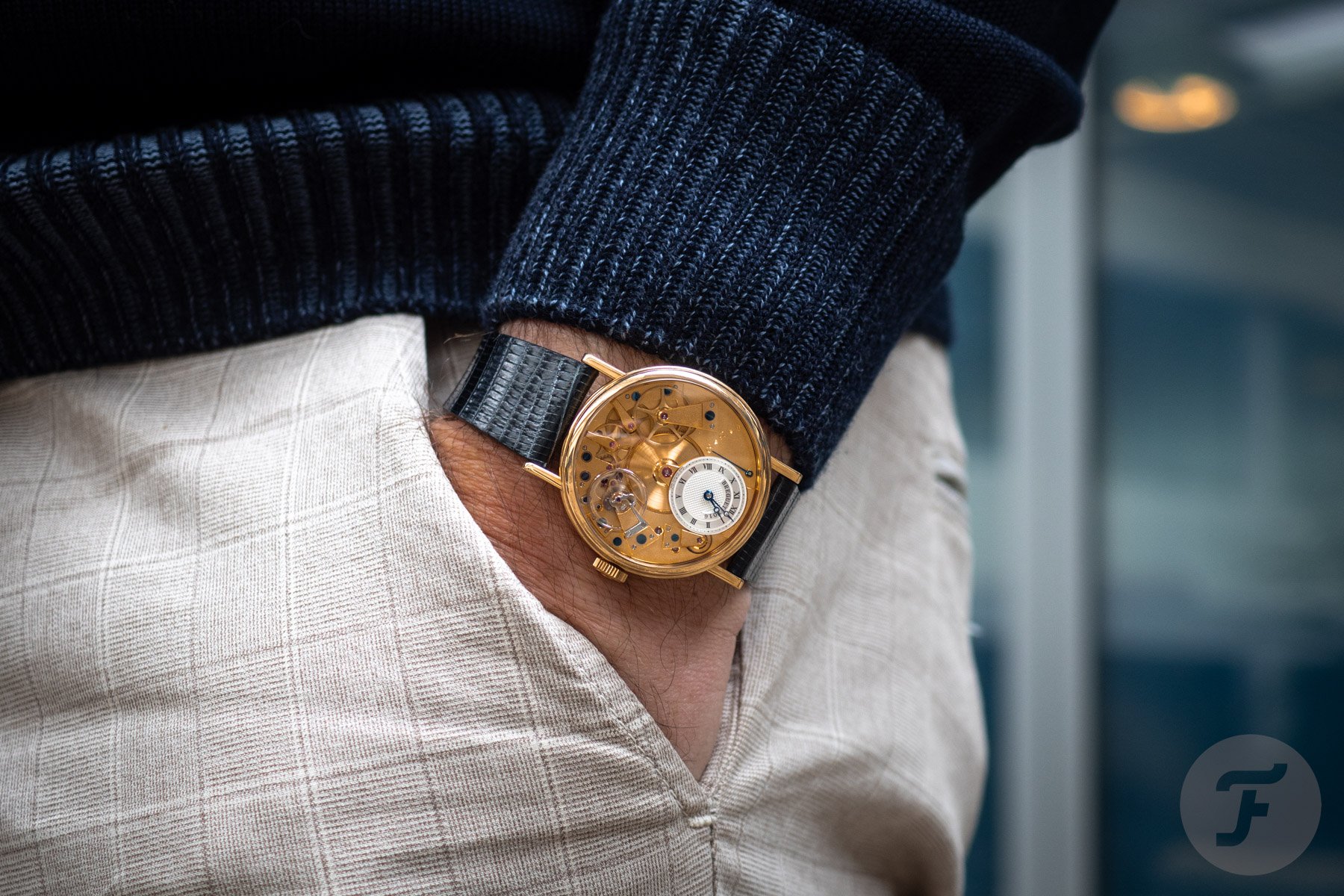Wearing Wealth: The Truth About Gold Watches
According to the World Gold Council, 216,265 tonnes of gold have been mined throughout history. About 66% of that was mined after 1950! The Council also put this gigantic number in perspective by indicating that all the mined gold in the world would fit a cube measuring approximately 22 meters (73 feet) on each side. The WGC estimates that 45% of all mined gold went into jewelry, including watches.
Buying gold watches
In recent years, I’ve advocated buying gold watches, not because of the ever-increasing gold prices but simply because I like the look and feel of a gold watch. It’s a personal preference, which surely does not apply to every watch out there. However, as our commenter Roy-65 put it below one of our previous articles on gold watches, “Everyone needs a little bit of gold in their lives.” And I wholeheartedly agree with that.
My first serious watch was an Omega Constellation ’95, which I received from my mother in 1998. It was a watch I had wanted for a long time, and I still love the combination of 18K gold and steel on the case and bracelet. The touch of gold makes the watch sparkle and contrasts nicely with the steel. Since then, with only a few very small exceptions, I mainly bought steel watches until a few years ago. Aside from the price hike on gold watches (or even bicolor ones), I often felt too young to wear gold. But to each his or her own, of course. These days, I have a different perspective on these matters, and if gold is your thing and you can afford it, more power to you.
There’s hardly a connection between the gold price and the retail price
I know that not everyone is into gold watches, even if the price tag isn’t an obstacle. In some cases, it’s also cultural, and wearing gold can be inappropriate. In some countries, a gold watch is perhaps not the best choice for safety reasons. Others simply don’t like the metal.
Today’s gold watches carry prices that have little to do with the amount of gold used (as Thomas explained here). For example, the new Breguet Souscription 2025 with a retail price of €53,200 uses 47.7 grams of 18K gold (roughly €3,291). Watches are also made of gold to make them more exclusive and limited in production, which increases their desirability. Even when gold prices and retail prices on watches were lower, there was hardly any logical connection between the amount of precious metal and the watch’s price. A gold watch’s production process differs from that of a steel watch. More attention to temperature control is necessary due to the shrinking that happens during the cooling process. Gold also requires extra measures to prevent tarnishing. Again, the massive markup on a gold watch compared to its variation in steel is not justified by the cost of material or production.
Ever-increasing gold prices
At the time of writing, the gold price per gram is €92. This is, of course, for pure (24K) gold. If we need to break it down to 18K gold, we take 75% of €92. In yellow gold, the other 25% consists mainly of copper and silver. You will find more copper in the remaining 25% of the material for rose gold. For white gold, the copper is replaced with palladium. The precise ingredients of the remaining 25% often depend on the brand (or gold supplier). As we explained in this article, some watch brands have exclusive gold alloys to ensure the longevity of the tone (think Rolex’s Everose, Hublot’s King, and Omega’s Sedna Gold).
Forget for a minute the prices of new gold watches. On the pre-owned and vintage market, you will find watches that cost the same as (or close to) their weight in gold. That makes them very safe purchases if you just want to try a gold watch for a change, but hopefully, it doesn’t tempt you to have them melted when the gold price goes up even more.
Bang for the buck
I bought my first solid gold watch in 2004 or 2005. That watch, an Omega Seamaster De Ville made of 18K gold, cost me €750. Hey, good ol’ times! Back then, gold was about €10 per gram of 24K gold, so 18K was approximately €7.50 per gram.
So, let me do a quick calculation here. According to my watchmaker (and goldsmith), a watch like the Omega Seamaster De Ville (ref. 166.020) contains approximately 25 grams of gold, and 25 × 7.50 = €187.50. The precious material was responsible for a significant portion of the €750 cost of the Seamaster De Ville in 18K gold. But today, the value of gold in that watch is approximately €1,725.
Then and now
However, the price of an Omega Seamaster De Ville in 18K gold will not be €750 anymore in 2025. So, after a bit of searching, I was able to find a 166.020 in 18K gold for €2,700. As I explained above, the gold value of this watch is €1,725. Or what about the beautiful Seamaster with a Türler-signed dial in the picture above? The asking price was €2,950.
If you bought the watch in 2005, as I did, the value of the gold today would already be more than twice the purchase price. In 2005, when I owned the Seamaster De Ville, 25% of the market value was in the amount of gold used for the watch. Today, when you purchase the same watch for €2,700, the gold represents about 64% of that.
A more interesting example is an Omega Genève that I found. The movement is similar to the Seamaster De Ville — caliber 565 instead of 562. However, it has a 33mm case, making it slightly smaller than the 34mm Seamaster De Ville. Interestingly, the seller listed the weight of the watch as well, which is a 5.3g difference in favor of the Seamaster De Ville. Let’s assume, then, that this difference is fully in using gold (the brass dial is probably smaller as well, but hey). That would make the weight of gold about 19.7 grams, and 19.7 × €69 = €1,369.30 worth of 18K gold. The asking price for this watch is €1,700.
The value of gold rose quickly
Let’s consider a Rolex Day-Date ref. 18238. This is not only because I own this reference but also because I found someone listing the weight of just the case (without movement and dial, etc.) and bracelet, which totaled 111.7 grams. This equates to approximately €7,700 for just the 18K gold used on that Rolex Day-Date. The cheapest ones on the pre-owned market are about €15,000 (never settle for the cheapest ones, though). The prices of the Rolex Day-Date 18238 (and similar references) have been pretty stable for several years now. However, the gold price is rising. I bought my 1991 Rolex Day-Date 18238 in 2022 when the gold price was approximately €55 per gram (24K). So this means, one gram of 18K gold was around €41.25. The value of the gold in my Day-Date 18238 was “only” approximately €4,606.63 in 2022.
Even if the watch market completely crashes (like the stamp market did), which I don’t think will happen, the value of the scrap gold can save your day. Or, at the very least, you can recover a significant part of your watch’s value based on how much the gold is worth.
Don’t melt ’em
When (mechanical) wristwatches lost popularity in the 1970s, perhaps even in the 1980s, many gold watch cases and bracelets were melted. I don’t want to know how many lovely gold Zeniths, Longines, Omegas, Breitlings, etc., from the 1950s and 1960s were disassembled and turned into gold bars. I hope the future will improve and that losing some of these beautiful watches has taught us that we should know better. But there’s some truth in there that the gold value will always remain and continually increase, so this would be the minimum amount you should get for your watch when selling it, no matter what the buyer plans to do with it.
My experience: pros and cons of wearing a gold watch
Over the last 10 years, I gradually started purchasing gold watches. It wasn’t because I expected gold prices to rise in the future; rather, it was because I enjoy gold’s warmer tone. Whether it’s one of my vintage Constellations, a neo-vintage Day-Date, my modern Speedmaster in Moonshine Gold, or some of my bi-color watches, gold adds extra joy. I like the color of gold, but I also prefer the heft (gold weighs more than steel).
Here are some of my observations after wearing gold watches for a while.
Scratches and dings
As you probably know, gold is softer than stainless steel, so it’s more prone to scratches and dings. Don’t fool yourself into thinking it won’t happen, even if you handle your watch carefully. Scratches can indeed appear, especially on the clasp of a gold bracelet, even when you’re just working at a computer. A highly polished gold watch will show scratches more than a brushed gold surface. My gold watches often have scratches, some more than others, and I generally don’t mind much.
The fact that my watchmaker can easily fix them is very reassuring. What I dislike are dings in gold bracelets or cases. A goldsmith can repair these, but it’s better to prevent them. Remember, gold is soft. Depending on the alloy, some gold mixtures will be slightly more resistant to scratches. And then there’s Hublot, which promises a scratch-resistant gold watch with the brand’s specially developed Magic Gold (a mix of gold and ceramics). It does have a different color than typical 18K gold, though.
Safety
I have never felt unsafe wearing one of my watches, regardless of the material it was made of (*knocks on wood*). Even a few weeks ago, I walked around in the city center of London with a Rolex on my wrist. I must add that it was during the day and in a crowded place. Otherwise, I would have taken it off, for sure. But I also notice differences, depending on where I go. There’s a difference between walking around in, say, a Japanese city versus Cape Town, South Africa. I wore a G-Shock in the latter, while in Japan, I felt very comfortable wearing a full-gold watch.
Unfortunately, you have to think about where you plan to go before you select a watch from the collection, but as long as you give it some thought and make sure you are aware of your surroundings, you will probably be fine. Now that it’s summertime, I am more picky about which watch to choose when wearing short sleeves. The fact is, even if there’s no harm meant, people do notice a gold watch on your wrist.
Feel and comfort
What I genuinely enjoy about gold watches is their weight. I prefer a bit of a heavy watch, even when they’re small dress watches. This is simply a personal preference; others will prefer lightweight (titanium) watches, for example. Let me wear a 36mm Rolex Day-Date in platinum, and I’ll be happy.
Aesthetics
I don’t own a white gold watch (yet), but I have watches in rose gold, yellow gold, and bicolor. As mentioned, gold adds extra joy for me. Bicolor watches just add a bit of contrast, as you can see in the images. If you ask me, some watches “belong” in a mix of steel and gold, like a classic Datejust, Constellation Manhattan or, ’95, and an Ebel Sport Classic.
With my rather pale skin tone, rose gold looks quite nice on me, but the paler Moonshine Gold alloy from Omega also works. Regular yellow gold can look a bit “hard” on me, but I dig it anyway. I do think it looks better on a darker skin tone. In any case, though, the color of precious metals, including white gold, is warmer than steel.
Comments
I also noticed the number of comments I receive when wearing gold watches. Usually, I don’t get that many comments on my watches (outside of the watch-community bubble). One of the steel watches people commented on the most is my Seamaster Ploprof, but that’s happened less than a dozen times during my ownership. I always get way more comments when wearing one of my gold watches, though, and I stopped counting them. Your gold watch will get noticed outside of the watch community. Thankfully, nearly all comments made on my gold watches were positive, and people often asked whether the watch was very special or vintage, for example. Only on rare occasions did people feel the need to tell me they didn’t like gold watches or wearing gold in general.
How do you feel about gold watches? Do you own any? Do you want to own one at all? Let me know in the comments below.


